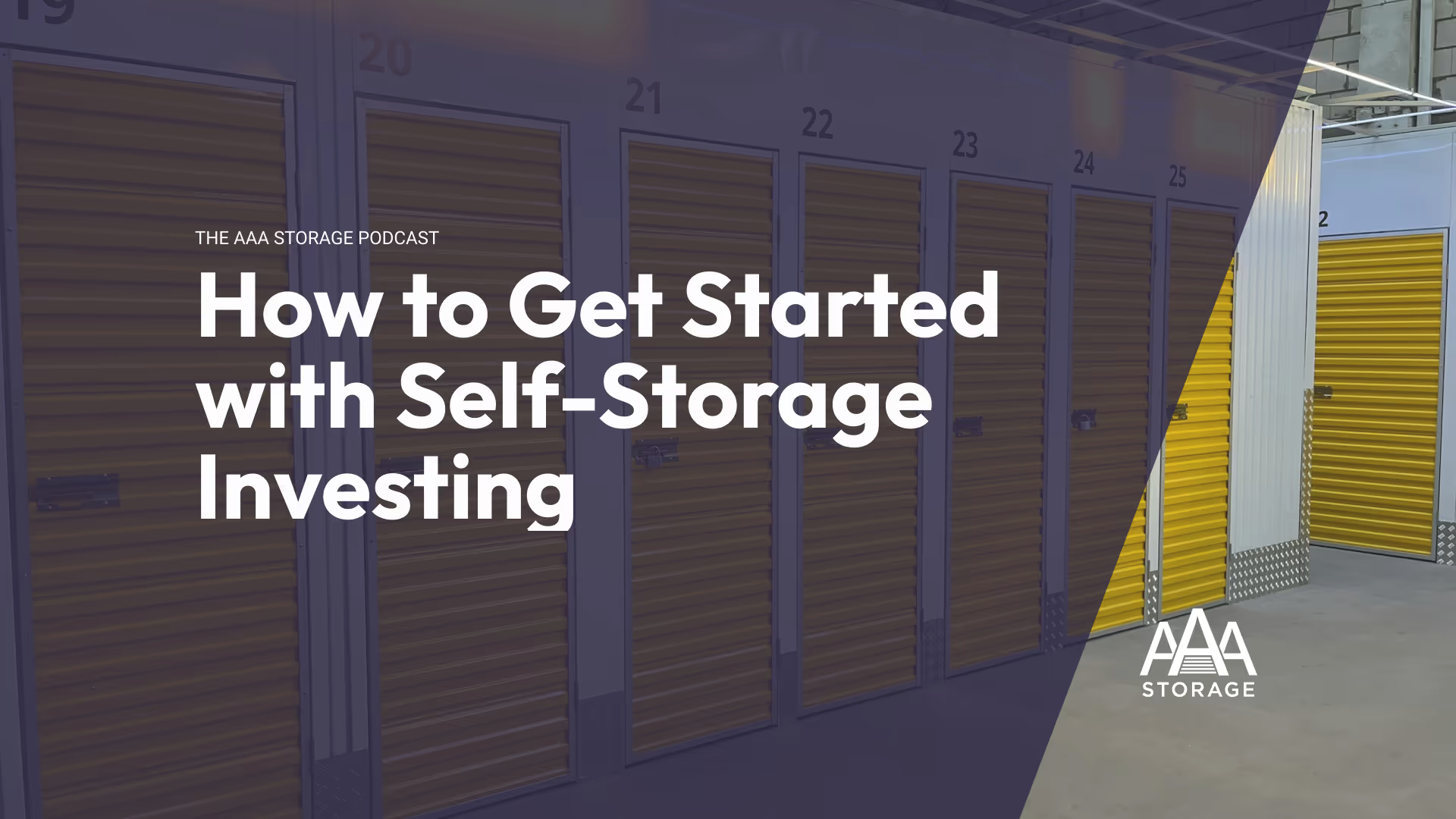
On the latest episode of the AAA Storage podcast, Paul Bennett helps navigate us through the economic cycles of self-storage investments.
Discover how AAA Storage's expertise and strategic approach have enabled us to thrive despite various market challenges. Hear insights on past downturns like the 2008 financial crisis and the COVID-19 pandemic, and learn how understanding both consumer and capital markets is essential for resilient investment strategies.
Tune in to gain valuable perspective on maintaining growth through tough cycles
insights
Find more expertise.
Stay updated with our newsletter.
Subscribe now for the latest news, tips, and exclusive content delivered straight to your inbox.











